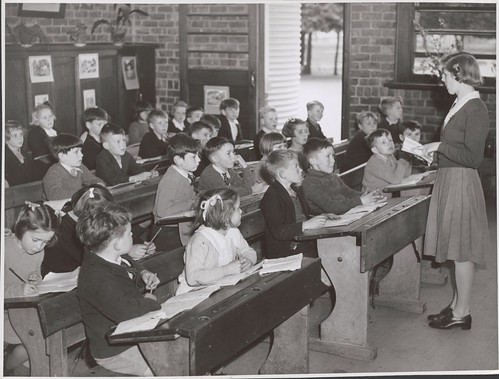In the video with Dr Suzanne Zeedyk, she talks about the connection between the development of babies brains and the relationships and environments they grow up in. Babies brains partially develop due to their genetic code, however they also develop on the relationships and interactions that they have with others.
Brains still continue to develop after the age of 3, another key developmental process for the brain is in adolesents whih continues to develop up until around the age of 20.
Due to evolution, human babies are born earlier in the developmental process because if they were to fully devleop, their heads would be too large for the vaginal canal and they would cause harm to themselves and the mothers. This also means that their brains are weaker but more flexible in their development. This leads to babies being able to cope with a lot of different environments because their brains are so flexible, which is why so much care and attention is given to early years.
For example, a child in a domestic violence environment would need a brain which can help them to cope and survive in a threatening environment. This means that their brains are always monitoring for a threat, which uses up a lot of energy as the brain is constantly analysing situations and predicting where the next threat is coming from. This leads to the child not being able to learn about other things as their brains are too concentrated on monitoring for the next threat. This also means that the brain will produce a constant stream of the hormone cortisol, which helps us deal with stress. A constant stream of cortisol however, will drown the brain in a stress hormone keeping the child on high alert and easily stressed. This leads to the fact that this child will now be wary and anxious about connecting with other people because they are constantly in a state of fear, of where the next threat comes from.
On the other hand, a child in a calm and sheltered environment will think that the entire world to be calm and they will find it difficult to deal with stress as their brains will have had to produce cortisol a lot less.
A lot of teaching is not about moulding childrens brains into the “ideal” brain, it’s about preparing them to deal with any situations that may arrise as they travel through the world.

